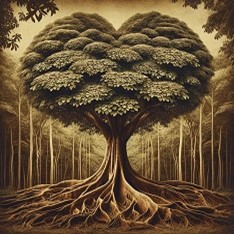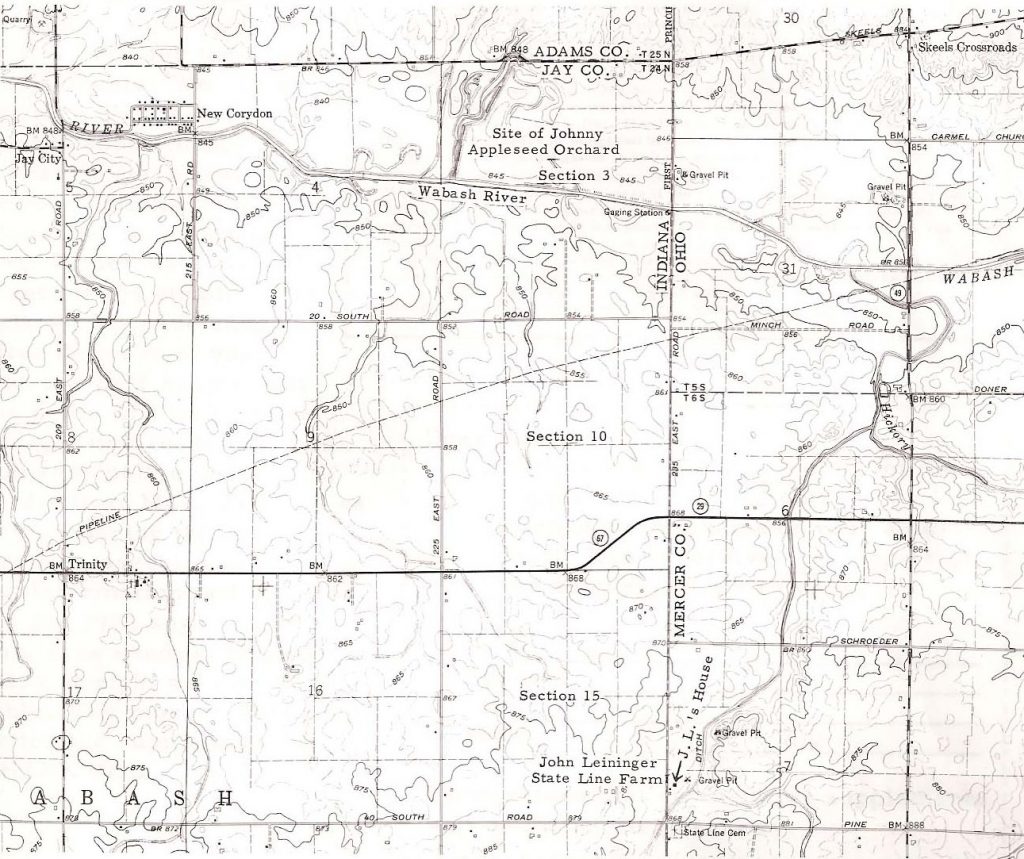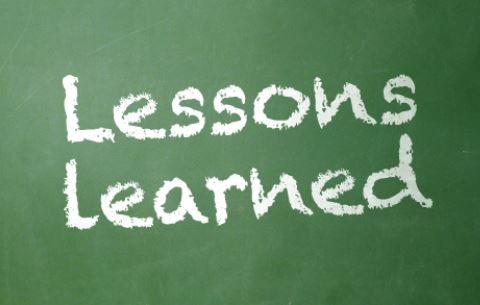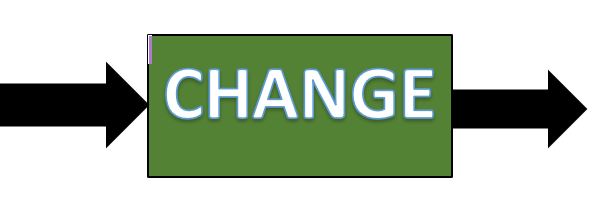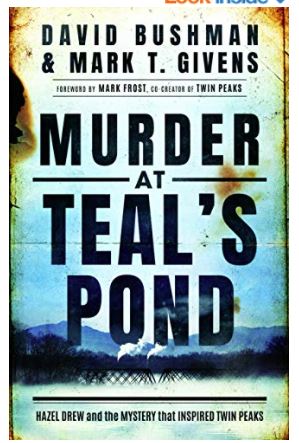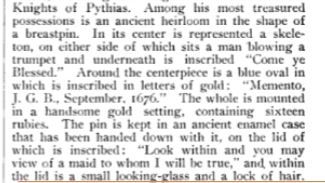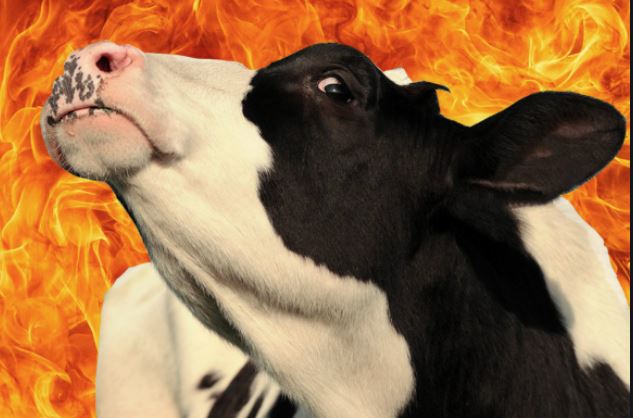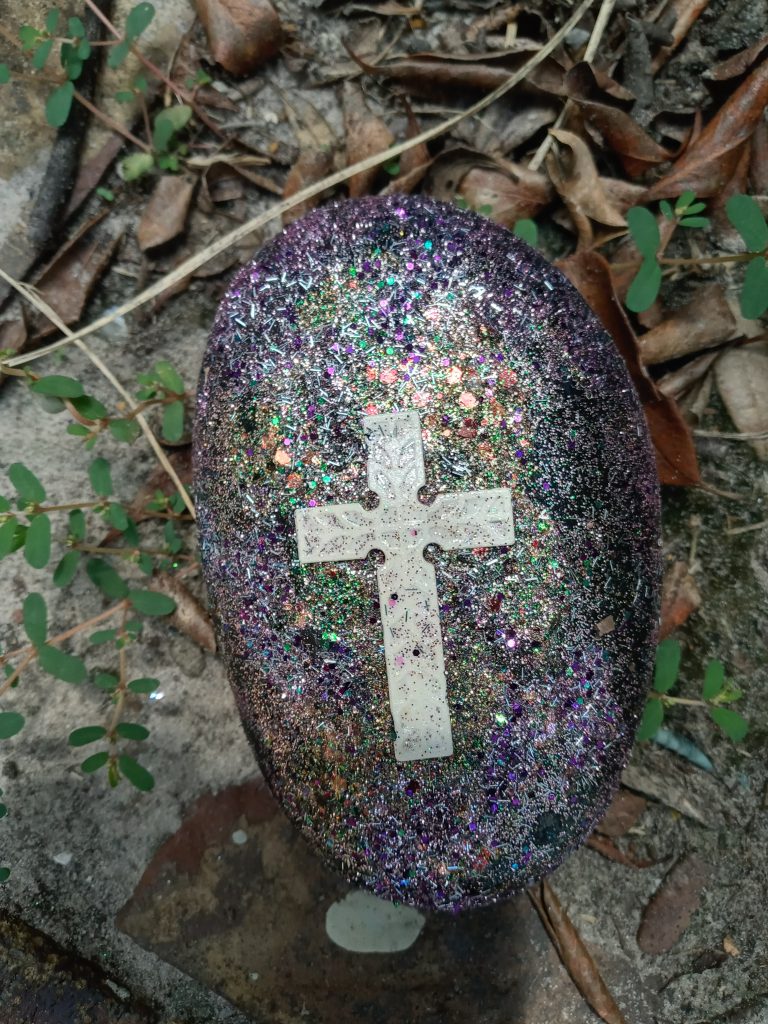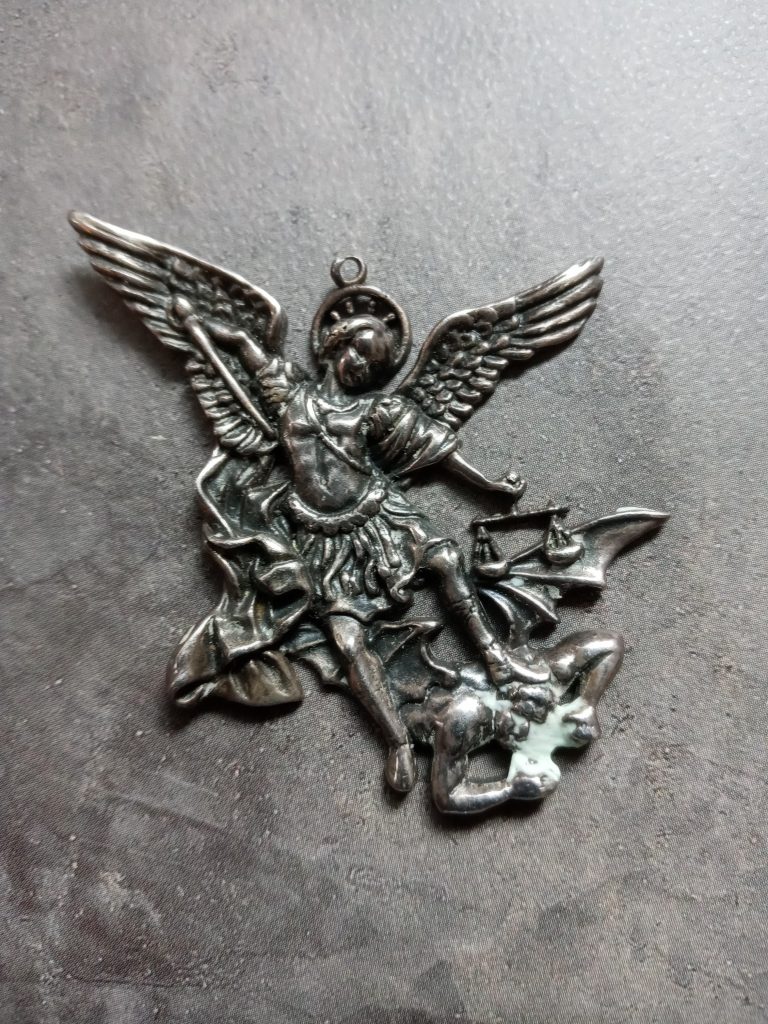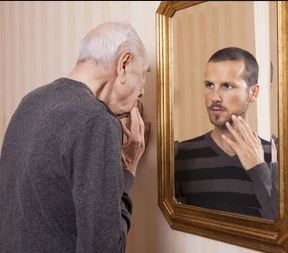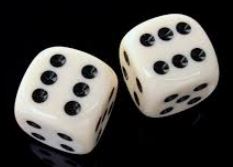
Happy October! This is the month I reflect on the genealogical coincidences that I’ve personally experienced or heard about from clients in the past year. This year was a duesy for me!
Perhaps you don’t believe in synchronicity, defined by the Oxford Languages dictionary as “the simultaneous occurrence of events which appear significantly related but have no discernible causal connection” and Google links these types of events as “incidents of spiritual significance.” The word was coined by psychiatrist Carl Jung; the law of synchronicity states we are attracted to people, places, and events that help us meaningfully evolve.
Even if you think the stories I’m about to relate this month are mere hocus pocus, I think that you’ll agree that they are odd occurrences. Strange – weird – even spooky!
Back in January, I blogged about my discovery of missing family photos that I thought I had scanned years ago (Scanned Your Photos? Think Again!). I related how a simple office reorganization project after I bought a new piece of office furniture made me aware of my paternal side’s photos disappearing from Google Photos. That led me to months of scanning diaries, letters, photos, certificates, and other documents that once belonged to our Indiana relatives.
My immediate family was tired of my project by March. Hubby had to constantly step over piles of items I was arranging for the scanner. I declined invitations from family and friends as I was obsessed with getting every item scanned and saved into Dropbox. I was constantly sneezing from the dusty brittle old papers but I forged on. I locked the office door when I wasn’t in there to keep the cats from messing up these precious papers.
I could not explain why I was so insistent that I had to finish by June 1st. It was a self-imposed deadline that just popped into my head early on in the project. I tried to rationalize it as that was the first day of hurricane season in Florida where I was living. I dreaded the thought of a hurricane as we had lost everything once in Hurricane Elena in 1985. To lessen my anxiety, I reminded myself that my home did not even need flood insurance as it was high and dry by Florida standards. We had renovated and included every safety device, from the windows to the roof, to prevent storm damage (Home Renovations Then and Now and More Genealogy Tips Based on Renovation Musings). I decided I was just being irrational. Furthermore, in the unlikely event, I’d have to evacuate, at least I wouldn’t have to lug all these items with me.
In the middle of May, I was asked by the non-profit historical society in my city to attend an in-person conference given by my then-county preservation office. I was so excited as this was the first face-to-face conference I was going to since the pandemic. I assumed it was going to discuss the typical Florida preservation problems – mold, insects, and humidity. Instead, I learned that everything I thought I had done right to preserve my home was in vain. It was a sobering realization. Basically, an NOAA study from 2015 determined what my county would look like after a category 4-5 storm hit. Only two land masses would remain. The County’s plan, though the word plan is not accurate, was to have all of us attendees use a new FEMA App to record places that were of historical significance so when they were gone, the County would receive funds to build bridges between the remaining land masses to the mainland. No worries about remembering what the buildings had been like! A grant was given to a University of South Florida professor to make 3D videos of the sites so future generations could “visit” them.
It took me about an hour to realize this was not a sick joke. I had difficulty wrapping my head around the fact that, if my home survived, I would be living on an island. The traffic getting home from the conference further frustrated me as what should have taken a half hour took an hour and a half due to congestion, accidents, construction, and poor planning.
I didn’t say anything to my family that night as I thought I was in shock. I tried to tell myself I misunderstood. Being an optimist, I always thought the calvary would arrive and save us all from global warming which, interestingly, was never mentioned at all at the conference.
I began to research what I had heard and discovered that the elevation of Florida has radically changed in the past 20 years. I found the NOAA study and maps that confirmed what I had been told. It was time to share this with my family.
Initially, like me, my hubby was skeptical. He gently told me he’d like to do his own research. I encouraged him to do so. My main concern was our home and flood insurance policies. We were severely underinsured given that housing prices had skyrocketed and we had not increased our coverage since we purchased the home 18 years earlier.
By day’s end, hubby let me know the research he had done had also rattled him. We decided to make a phone call the following day to our insurance agent. We also shared the information with our adult children. Both didn’t seem surprised and felt we should all relocate from the area. I was dead set against that. I loved my home and the city where I had planned to spend my remaining years. I even had my burial site paid off. It was already on Find-A-Grave. I was not going to go anywhere!
Well, that was until we had to deal with the insurance agency. First, we were laughed at. When we insisted that we wanted to raise coverage we were given one hurdle after another to jump through. We were told that we needed a Wind Mitigation Report that would cost $150.00. We reminded our agent that we had one in our file. Next, we were told that our file was empty. I had a copy so I emailed it. A week went by and we were told that the document was invalid because it was over 3 years old. We’ve yet to find any law that states that a new report must be done every 3 years. We had a recent report finished and submitted in a few days.
Meanwhile, our adult children kept needling us to leave Florida. Our oldest was so certain that we all were going to move that they began packing. The kids wanted us to make lists of what we were looking for in a new community. Hubby and I dragged our feet; the last insurance claim we had filed was years ago so we should have no problem increasing our coverage. Wrong again!
By early June we still had no response from the insurance agent. He was too busy that week, he took some time off, and he stopped returning phone calls and emails. In desperation, hubby showed up at his office in mid-June, receiving a promise that our report would be sent to the insurance company in the next few days, however, we were cautioned that it was up to the insurance company to determine how much coverage would be available to us and since we didn’t require flood insurance, we could only purchase the bare minimum which was far less than the home was worth.
We were beginning to lose hope so we decided to take a week to explore northeastern Indiana as a possible new home.
Why Indiana? Great question! It met all of our criteria for what we were looking for – available fresh water and food sources, jobs for the kids, hospitals as we age, plenty of outdoor activities, friendly people, historical preservation, and of course, genealogy opportunities. Plus, it has no hurricanes.
We know that no place is perfect so weather threats will always be possible though the risks are somewhat lessened where we moved.
On our excursion, we met so many Florida transplants who told us they understood completely why we were relocating. This was comforting as so many of our friends and neighbors in Florida thought we were crazy.
On the day that we flew back to Florida, our oldest received an offer on their home. They hadn’t even listed it for sale; the large offer came via a letter. I was certain it was a scam but it was not. They sold their home without having anyone do a physical walk-through; Zoom was used instead. We listed our home the following week with a realtor and it was sold in 48 hours. This was after the interest rates were raised and when, supposedly, the market was in a downturn.
The people who were purchasing our homes wanted us to move out quickly – in 3 weeks. How thankful I was that I had set a June 1st deadline to finish scanning my genealogy. It was done, for the most part, boxed carefully and ready to move.
And that piece of furniture I had purchased in January to organize the office, at the store that day I couldn’t decide if I should also buy another matching piece but decided against it. This past week, as hubby and I walked through Joann’s he happened to see the furniture I hadn’t purchased. He remarked how we now had space in our new home and maybe we should get it. The store had one left in stock. I am happy to report our office is now fully organized! If someone had told me in January when I bought the first piece it would be 9 months and a major move until I finished reorganizing I wouldn’t have believed them.
We all know what happened to Florida this past week; my fears became reality. Although I am relieved that my former city was spared this time, I know we have made the right decision. Who would have thought that looking at an old family photo album and deciding to reorganize my office would have resulted in such a major upheaval in my life?
Another odd event happened to me in May that I’ll blog about next week. Until next time, Happy Hunting!
